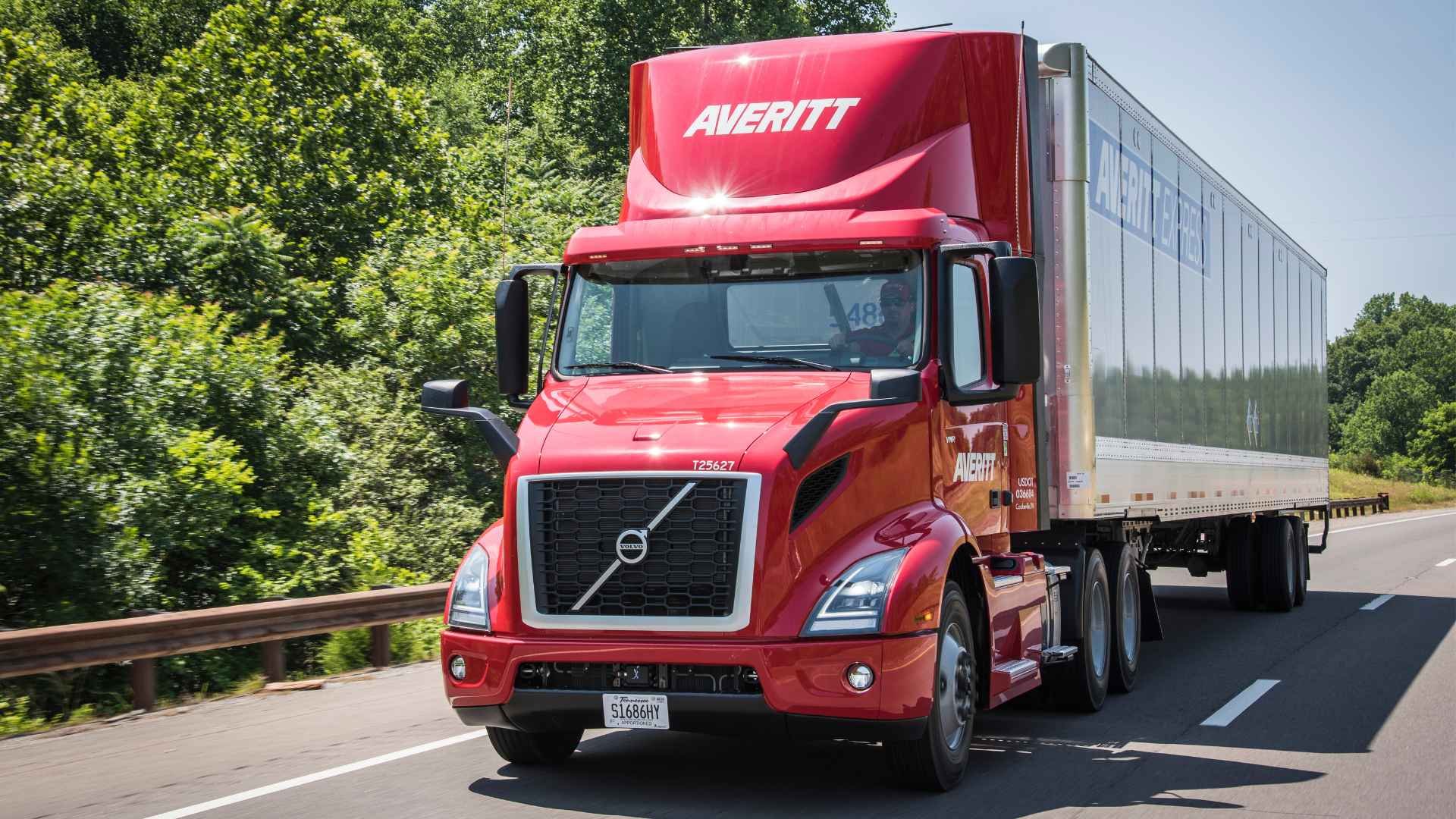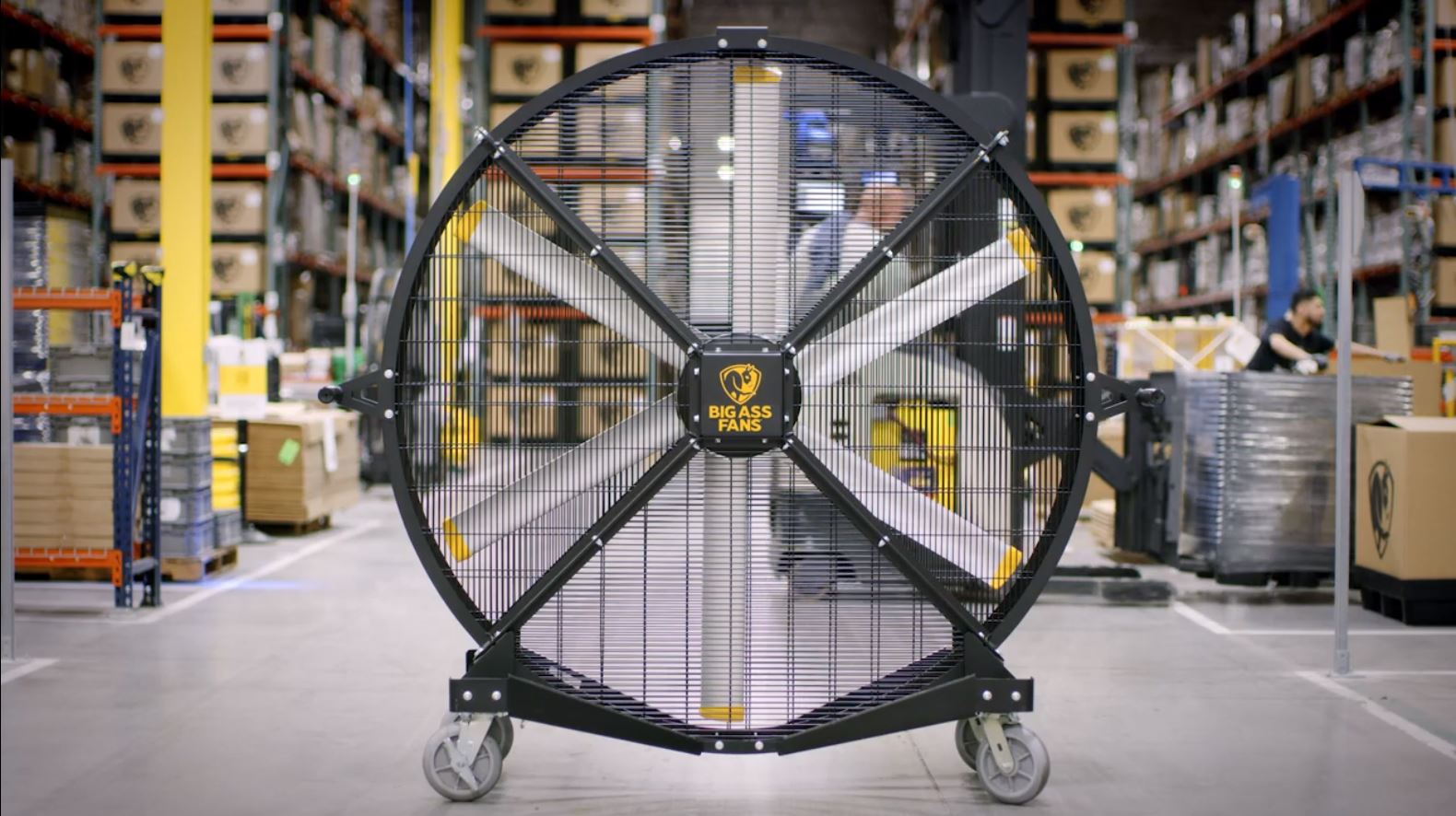In 1980, the Motor Carrier Regulatory Reform and Modernization Act was signed into law, effectively deregulating the trucking industry and allowing carriers to price independently.
This legislation changed the way transportation pricing was carried out in the industry and it has been that way ever since. Since the change, the industry has mostly been locked into a pricing system of class rates, FAKs and discounts.
With nearly half a century passed since deregulation, it’s time to take a look at new, innovative ways to price freight — and that’s where dynamic pricing comes in.
What exactly is dynamic freight pricing?
To define dynamic freight pricing in a nutshell:
Dynamic Freight Pricing (n.) – up-to-date, real-time freight pricing using technology and data to give shippers and carriers the most accurate price within the moment.
Let’s dive deeper into what that means. Currently, the pricing set-up for most shippers is a static, tariff-based pricing model that may not always be beneficial to either party involved. Static pricing lacks accuracy because it doesn’t reflect day-to-day changes in the market, so it leads to both over and underpricing.
In contrast, dynamic pricing allows for more accuracy and flexibility, since it is based on a number of factors such as market conditions, carrier variables, shipper profiles, weather, fuel prices, day of the week, location, and more. As a result, the pricing ends up being customized shipment-by-shipment instead of being randomly classified by a blanket price.
How does dynamic pricing benefit shippers?
Sometimes it can be hard to take the leap of faith and change the way things have been done for decades, especially for your business. Other times, though, change is a good thing and can benefit your business in the long run.
Here are a few ways that dynamic pricing can benefit shippers:
1. Accurate and Competitive Price
With the way pricing is currently performed, it doesn’t take all the different factors that the industry faces into consideration. Therefore, the price isn’t always fair to the shipper because it may not have their specific freight needs in mind. With dynamic pricing, the price is more accurate and competitive because it takes all of those factors into consideration.
2. Save Time
With dynamic pricing technology, your business can receive an accurate rate quote instantaneously. Not only do you save time, but you can also save yourself from a headache. No longer do you have to wait for negotiations or people to get back with you just to find out the pricing is not even close to what you were looking for.
3. Improve Trust with Carriers
Both shippers and carriers benefit from dynamic pricing, and so shippers can rest easy knowing that the price given to them is fair. This will help strengthen the relationship between shipper and carrier and foster trust and growth.
4. Future Innovation Opportunities
Dynamic freight pricing is future-thinking as it could be possible for this process to be automated. With the rise of AI-features in several industries, it only makes sense for pricing to have a similar forward-thinking solution. Perhaps shippers can look forward to accurate projected pricing based on historical data that the AI would comb through and make predictions from in the future.
5. Customization
Since this avenue of pricing takes multiple factors into account, it makes customization easier and carriers can customize the pricing based on factors specific to the shipper. Not being locked-in to a static price allows for easier customization all-around and helps shippers know their price is fully customized for their needs.
Averitt ExactRate
Averitt’s dynamic pricing system, ExactRate, in partnership with SMC3, is a dynamic freight pricing tool. This tool allows for real-time price decisions and precise LTL rate quotes based on current market conditions and additional day-by-day factors. ExactRate allows your business to make more informed freight decisions to empower your pricing strategy.











